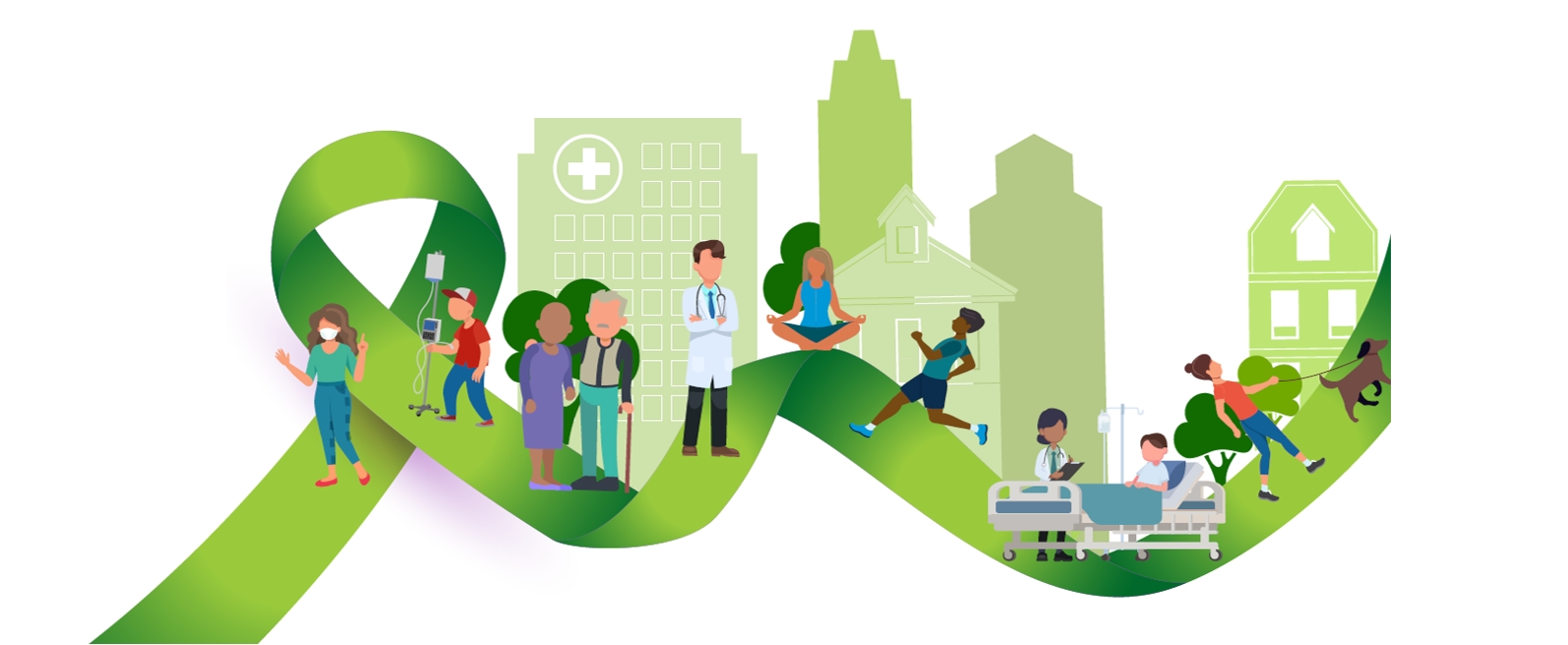To harness its full potential, however, the profession needs to evolve. Beyond the role of scientific experts, a transformation is needed towards value partners with an important focus on patient value. This change requires strong communication, leadership and stakeholder management skills, and thus a strong focus on capability building for Medical teams.
In the last few months, with the emergence of COVID-19, Medical Affairs has seen an important disruption in its main activities with limited access to hospitals, HCPs, patients, and other stakeholders. Looking past these challenges, the current situation also brings great opportunities to advance Medical Affairs transformation ambitions and use this period for capability building. And the best way to do it right now is, of course, virtually.
How can we successfully build capabilities for Medical Affairs, virtually?
During the past few months, we – in Vintura – have successfully and effectively built MSL capabilities in a virtual setting in a way that is both meaningful and enjoyable for Medical teams. To achieve these goals, we have identified a few important factors that we believe are critical to the success of our virtual trainings.
Start with “why?”
Before rushing to deliver secluded trainings, make sure you have a holistic strategy for your capability building program. Do you know what is the current maturity level of your Medical team and where would you want to go? Do you know what kind of capabilities your team needs to be successful in the future? For more details about how to do this, check our white paper and take our maturity scan survey.
Continue with “how?”
Once the objective is clear, design your training in line with best practices for virtual engagements. In the following paragraphs, we will discuss some of our best practices.
So far, we have found blended approaches the most effective. In a blended approach, we combine synchronous and asynchronous learning to make the best out of our meeting time and avoid monotonous one-sided presentations.
Create ownership
In our experience, workshops – no matter if face-to-face or virtual – are always more effective and meaningful when they are co-created and co-owned by the Medical leadership. As an example, consider a global team aiming towards the development of affiliates. In this case, engaging local owners from early on in the process creates higher engagement and ownership. Additionally, when rolling-out these programs, a key success factor in our programs is to ensure that the Medical leadership takes ownership and fully endorses the program. Having the global leader kicking-off the training creates great impact for the MSLs.
Break the rule: Avoid passive observers
For some, a virtual training is a synonym of sitting passively in front of a screen, listening to somebody talk for 1-2 hours. Some people tend to assume the role of a passive observer even before the start of the meeting! Break that role early on. Create as many opportunities for interaction as possible and set a comfortable and safe environment for the participants to share their opinions.
Use breakout rooms to enable a thinking environment, i.e. divide the group into pairs or small groups and give each person some minutes to think uninterrupted for themselves with colleagues’ undivided, respectful attention. This Thinking Partnership can help re‐ignite thinking and re-energize the group. A good way to engage others is by giving responsibilities. Give participants a set amount of time to complete a specific function in small teams, for example. The larger the teams, the higher the dilution of responsibility and engagement. Other tools to avoid passive observers are polling questions, icebreakers, and energizers; you should also encourage the use of the chat function.
Choose the right tools
Using the right tools and platforms is key for an effective virtual training. Tools, such as polling software and digital whiteboards, can make a meeting more interactive and engaging, but they can also overwhelm participants. Keep it as simple as possible and prevent technology from getting on the way of good discussions. If you choose to use digital tools to facilitate your activity, make sure you have introduced it to the team beforehand in an icebreaker or other short activity, which can also be asynchronous or serve as a pre-read. This guarantees, that when an important discussion happens, participants are already familiar with the tool. Technology then serves to enable engagement, rather than getting in the way.
Practice, practice, practice
The best way to learn is by doing. Make sure you allocate enough time in your trainings for practice sessions. For Medical teams, a great way to practice and engage in meaningful discussions, at the same time, is to incorporate role-play exercises with real stakeholders, e.g. with KOLs. We have found these exercises to bring great added value for multiple reasons:
- It is a great opportunity to engage stakeholders and gather useful insights.
- In a safe environment, participants practice in a real setting with real stakeholders.
- And of special importance now, through this exercise, Medical teams and stakeholders gain experience and familiarity with virtual engagements. A recent survey conducted by the Medical Science Liaison Society (MSLS) showed that approximately 70% of KOLs are receptive to virtual engagements, however, 36% of the MSLs have never done a virtual engagement previous to COVID-19, showing the training need and the importance of these skills in the near future.
Create opportunities from current challenges
In conclusion, seeing past our current challenges, now it is a great moment to define and roll out a capability building program for Medical Affairs. Check our website and LinkedIn for updates or reach out to us if you would like to know how we can support you in your transformation ambition and capabilities building.
We will host a webinar, “How can Medical Affairs help optimum care delivery?”, on the 6th of October at 17h-18h (CET) showing how Medical Affairs leaders can turn challenges, created and accelerated by COVID-19, into real opportunities.
Please contact us if you would like to receive additional information.



